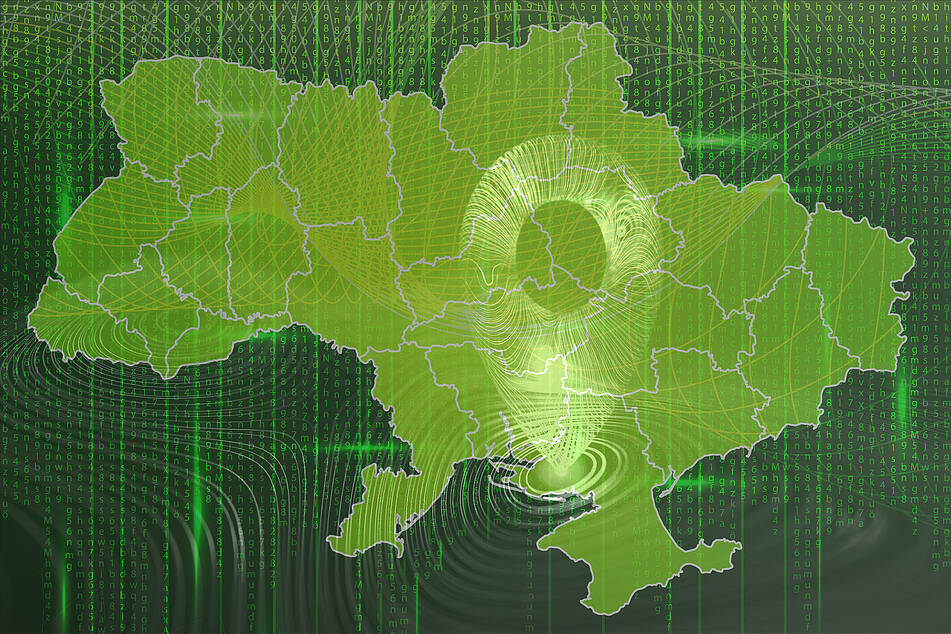Ukraine war: Geolocation helps investigators zero in on the truth
Ukraine - Even before Russia invaded Ukraine on February 24, fact-finding work was underway to track troop movements. One technique has been key in verifying credible sources or debunking misinformation.

Geolocation is the main way to check content on social media to find out what is really happening in Ukraine, and this fact-finding work is something anyone with an internet connection and some basic sleuthing skills can do it.
Bellingcat, an international group of open source investigators and cybersecurity experts, and other groups like the Centre for Information Resilience rely on geolocation to pull together verified reports of incidents.
They have their own investigators to verify locations in the information river on social media, but also regularly ask for help from the growing open-source intelligence (OSINT) community.
These experts and their helpers use geolocation to scour images and videos for recognizable buildings, intersections, and landmarks to zero in on a location on the map.
Their goal: verify if the incident actually happened when and where the social media post claimed.
To lock down the time the incident occurred, they use a stunning tool called SunCalc, which lets users plug in a location and a date, and then analyze the shadows cast by the sun.
This way, anyone can verify exactly when something happened, as well as where, and help to debunk false reports.
The independent fact-checking network #UkraineFacts has already debunked 593 reports, many of them by proving that the reported incident happened somewhere else or at a much earlier date.
Where the verified info goes

The cross-checked content that makes the cut for organizations like Bellingcat and the Center for Information Resilience ends up on maps, like the interactive mapping of social media reports on the war in Ukraine.
Sometimes the content is verified to refute misinformation, such as a recent incident with the aftermath of a Russian artillery strike on a maternity hospital.
The verified content shows the destroyed building and helpers and a pregnant woman leaving the area.
But, as reported by Gizmodo, the Twitter account of the Russian embassy in UK claimed that the hospital was long-abandoned and used by Ukrainian soldiers, and included an aerial view of a building in their post.
Bellingcat was able to prove with geolocation that the photographed building used in the misinformation from the Russian embassy was in fact located over six miles away from the shelled hospital, debunking the misleading tweet.
Verifying locations isn't just to put pins on a map or debunk misinformation. Plenty of the verified information is archived as part of the effort to document what exactly happened during the war.
Christo Grozev, Bellingcat's executive director, who gave a seminar with Reuter's Institute for the Study of Journalism, said, "At this point, the most important thing we can do with a relatively small team is archiving any evidence of war crimes for the near future."
Without geolocation, Grozev and his team would be hard-pressed to catalog with such precision where and when military operations in Ukraine took place.
Geolocation has already proven to be a key part of the effort to keep track of what is arguably the best-documented war to date, thanks to freelance work from armchair detectives and expert scrutiny of social media content.
Cover photo: Collage: IMAGO / Panthermedia, agefotostock (Stock)